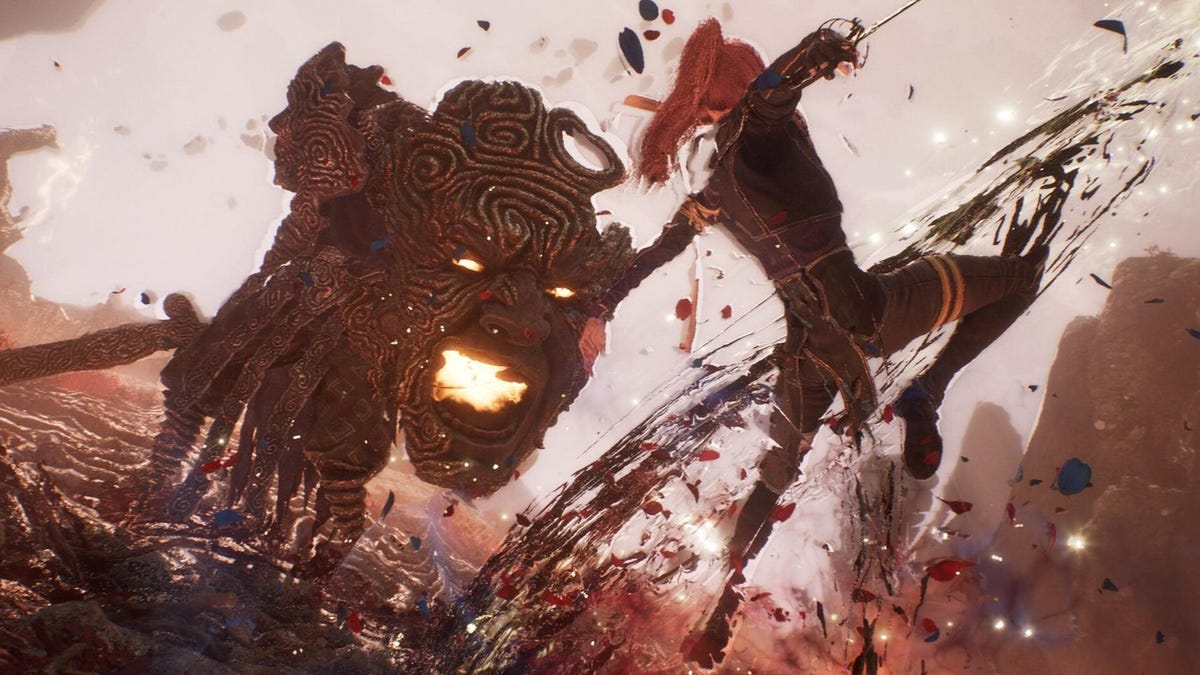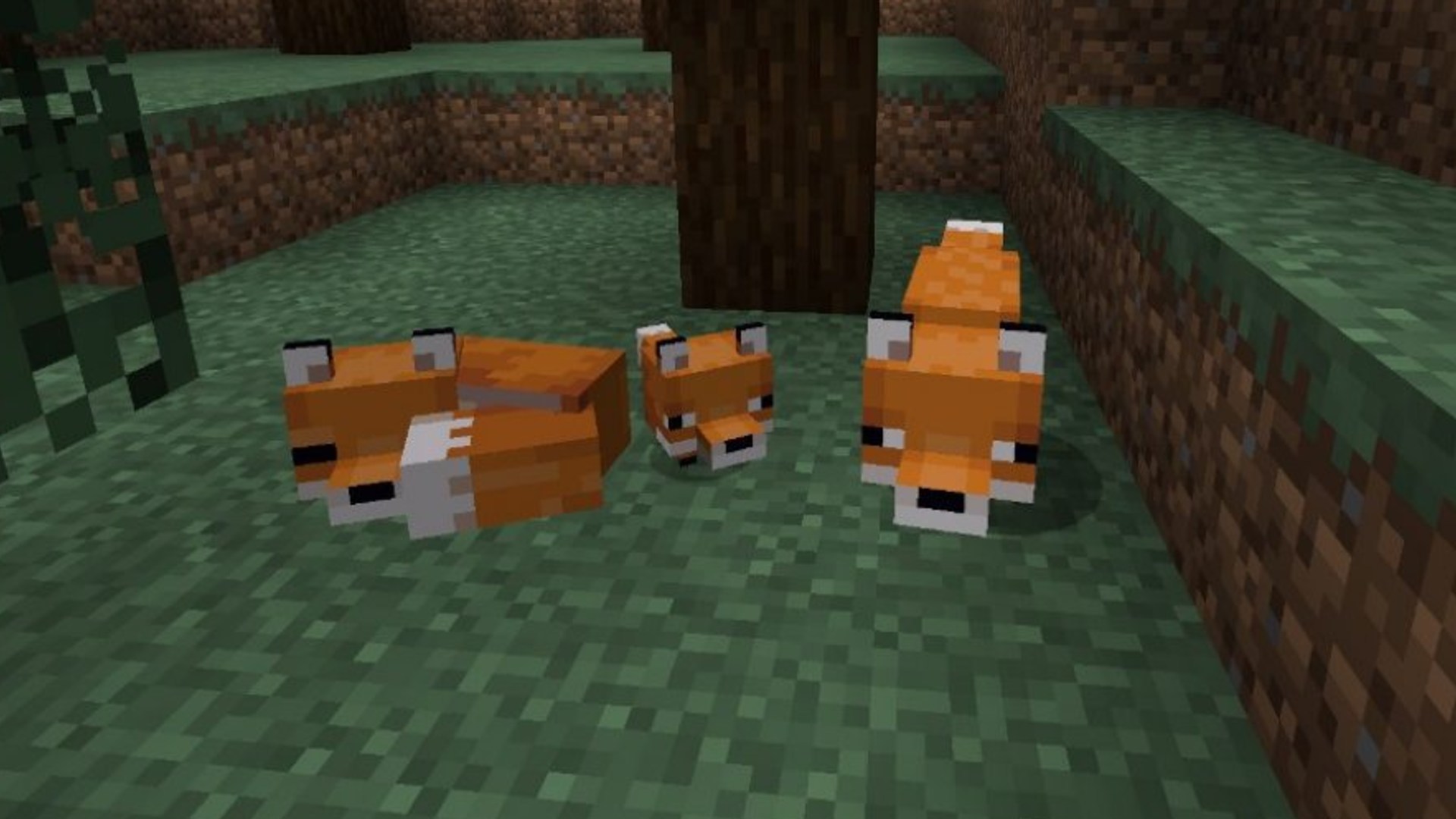How to Create a Vertically Scrollable View in Swift Using UIScrollView?
Introduction If you're working on a Swift app and want to create a vertically scrollable view containing elements like an UIImageView and a UIButton, you're in the right place. This article will guide you through the process using UIScrollView, a powerful component for building scrollable interfaces in iOS. Understanding UIScrollView The UIScrollView class is designed to enable scrolling through content that is larger than the visible area. It can contain various UI elements, such as labels, buttons, and images, allowing you to create more dynamic and interactive applications. When the full content doesn’t fit in the displayed area, the UIScrollView provides the functionality to let users scroll through the content easily. Problem Statement From the images provided, you wish to create a layout where an image and a button are both contained within a vertically scrolling view, mimicking a specific design. The challenge lies in properly configuring the UIScrollView to accommodate the sizes and constraints of your elements. Step-by-Step Solution Here’s how to set up your UIViewController with a UIScrollView and add the UIImageView and UIButton elements properly. 1. Setup the View Controller First, let’s start with the basic setup of your MyViewController class. We will create a UIScrollView, an UIImageView, and a UIButton and add them to our view. import UIKit class MyViewController: UIViewController { let scrollView = UIScrollView() let imageView = UIImageView() let button = UIButton() override func viewDidLoad() { super.viewDidLoad() setupScrollView() setupImageView() setupButton() setupConstraints() } private func setupScrollView() { scrollView.translatesAutoresizingMaskIntoConstraints = false view.addSubview(scrollView) NSLayoutConstraint.activate([ scrollView.topAnchor.constraint(equalTo: view.safeAreaLayoutGuide.topAnchor), scrollView.bottomAnchor.constraint(equalTo: view.safeAreaLayoutGuide.bottomAnchor), scrollView.leadingAnchor.constraint(equalTo: view.leadingAnchor), scrollView.trailingAnchor.constraint(equalTo: view.trailingAnchor) ]) } private func setupImageView() { imageView.image = UIImage(named: "your_image_name") // Replace with your image name imageView.contentMode = .scaleAspectFit imageView.translatesAutoresizingMaskIntoConstraints = false scrollView.addSubview(imageView) } private func setupButton() { button.setTitle("Press Me", for: .normal) button.setTitleColor(.systemBlue, for: .normal) button.translatesAutoresizingMaskIntoConstraints = false scrollView.addSubview(button) } private func setupConstraints() { NSLayoutConstraint.activate([ imageView.topAnchor.constraint(equalTo: scrollView.contentLayoutGuide.topAnchor), imageView.leadingAnchor.constraint(equalTo: scrollView.leadingAnchor), imageView.trailingAnchor.constraint(equalTo: scrollView.trailingAnchor), imageView.heightAnchor.constraint(equalToConstant: 300), // Set your desired height here button.topAnchor.constraint(equalTo: imageView.bottomAnchor, constant: 20), button.centerXAnchor.constraint(equalTo: scrollView.centerXAnchor), button.bottomAnchor.constraint(equalTo: scrollView.contentLayoutGuide.bottomAnchor, constant: -20) ]) } } 2. Understanding the Code UIScrollView Setup: The scrollView is initialized and added to the main view. The constraints ensure it fits the safe area of the screen. UIImageView Setup: An image is set to the imageView, which resizes according to the device's aspect ratio, and is also added to the scroll view. UIButton Setup: The button is configured with a title and added below the imageView. It is centered horizontally. Constraints: Proper constraints are set for both the image and button to ensure they are displayed one below the other, allowing the scroll view to function as intended. Testing Your Setup After setting up your view controller, run your application on a simulator or a real device. You should see your image and button vertically scrollable. You can adjust the height of the image view and add more elements if desired, following the same constraints structure. Frequently Asked Questions 1. Can I add more elements to the scroll view? Yes, you can add additional views like labels or more buttons by following the similar setup method used for the imageView and button. Make sure to constrain them properly. 2. How do I handle different screen sizes? Using Auto Layout and constraints as shown helps the UI adapt to different screen sizes. Test on various devices to ensure the layout functions as expected. 3. Is UIScrollView performance-intensive? While UIScrollView itself is optimized for performance, ensure that the content inside

Introduction
If you're working on a Swift app and want to create a vertically scrollable view containing elements like an UIImageView and a UIButton, you're in the right place. This article will guide you through the process using UIScrollView, a powerful component for building scrollable interfaces in iOS.
Understanding UIScrollView
The UIScrollView class is designed to enable scrolling through content that is larger than the visible area. It can contain various UI elements, such as labels, buttons, and images, allowing you to create more dynamic and interactive applications. When the full content doesn’t fit in the displayed area, the UIScrollView provides the functionality to let users scroll through the content easily.
Problem Statement
From the images provided, you wish to create a layout where an image and a button are both contained within a vertically scrolling view, mimicking a specific design. The challenge lies in properly configuring the UIScrollView to accommodate the sizes and constraints of your elements.
Step-by-Step Solution
Here’s how to set up your UIViewController with a UIScrollView and add the UIImageView and UIButton elements properly.
1. Setup the View Controller
First, let’s start with the basic setup of your MyViewController class. We will create a UIScrollView, an UIImageView, and a UIButton and add them to our view.
import UIKit
class MyViewController: UIViewController {
let scrollView = UIScrollView()
let imageView = UIImageView()
let button = UIButton()
override func viewDidLoad() {
super.viewDidLoad()
setupScrollView()
setupImageView()
setupButton()
setupConstraints()
}
private func setupScrollView() {
scrollView.translatesAutoresizingMaskIntoConstraints = false
view.addSubview(scrollView)
NSLayoutConstraint.activate([
scrollView.topAnchor.constraint(equalTo: view.safeAreaLayoutGuide.topAnchor),
scrollView.bottomAnchor.constraint(equalTo: view.safeAreaLayoutGuide.bottomAnchor),
scrollView.leadingAnchor.constraint(equalTo: view.leadingAnchor),
scrollView.trailingAnchor.constraint(equalTo: view.trailingAnchor)
])
}
private func setupImageView() {
imageView.image = UIImage(named: "your_image_name") // Replace with your image name
imageView.contentMode = .scaleAspectFit
imageView.translatesAutoresizingMaskIntoConstraints = false
scrollView.addSubview(imageView)
}
private func setupButton() {
button.setTitle("Press Me", for: .normal)
button.setTitleColor(.systemBlue, for: .normal)
button.translatesAutoresizingMaskIntoConstraints = false
scrollView.addSubview(button)
}
private func setupConstraints() {
NSLayoutConstraint.activate([
imageView.topAnchor.constraint(equalTo: scrollView.contentLayoutGuide.topAnchor),
imageView.leadingAnchor.constraint(equalTo: scrollView.leadingAnchor),
imageView.trailingAnchor.constraint(equalTo: scrollView.trailingAnchor),
imageView.heightAnchor.constraint(equalToConstant: 300), // Set your desired height here
button.topAnchor.constraint(equalTo: imageView.bottomAnchor, constant: 20),
button.centerXAnchor.constraint(equalTo: scrollView.centerXAnchor),
button.bottomAnchor.constraint(equalTo: scrollView.contentLayoutGuide.bottomAnchor, constant: -20)
])
}
}
2. Understanding the Code
-
UIScrollView Setup: The
scrollViewis initialized and added to the main view. The constraints ensure it fits the safe area of the screen. -
UIImageView Setup: An image is set to the
imageView, which resizes according to the device's aspect ratio, and is also added to the scroll view. -
UIButton Setup: The button is configured with a title and added below the
imageView. It is centered horizontally. - Constraints: Proper constraints are set for both the image and button to ensure they are displayed one below the other, allowing the scroll view to function as intended.
Testing Your Setup
After setting up your view controller, run your application on a simulator or a real device. You should see your image and button vertically scrollable. You can adjust the height of the image view and add more elements if desired, following the same constraints structure.
Frequently Asked Questions
1. Can I add more elements to the scroll view?
Yes, you can add additional views like labels or more buttons by following the similar setup method used for the imageView and button. Make sure to constrain them properly.
2. How do I handle different screen sizes?
Using Auto Layout and constraints as shown helps the UI adapt to different screen sizes. Test on various devices to ensure the layout functions as expected.
3. Is UIScrollView performance-intensive?
While UIScrollView itself is optimized for performance, ensure that the content inside is optimized as well by appropriately sizing and compressing images to load efficiently.
Conclusion
Creating a vertically scrollable area in a Swift app using UIScrollView doesn't have to be difficult. By following this guide, you can design a user-friendly interface that meets your application's needs. Don't hesitate to customize the properties to suit your aesthetic and functional requirements. Happy coding!

_Sergey_Tarasov_Alamy.jpg?width=1280&auto=webp&quality=80&disable=upscale#)




















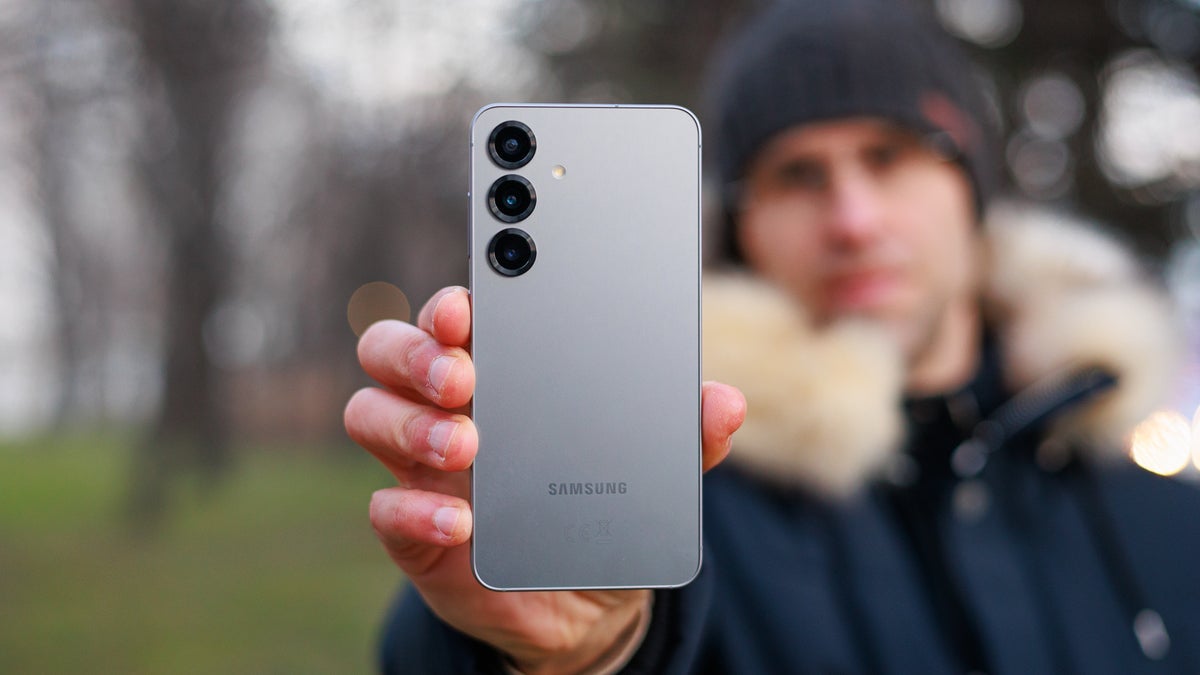




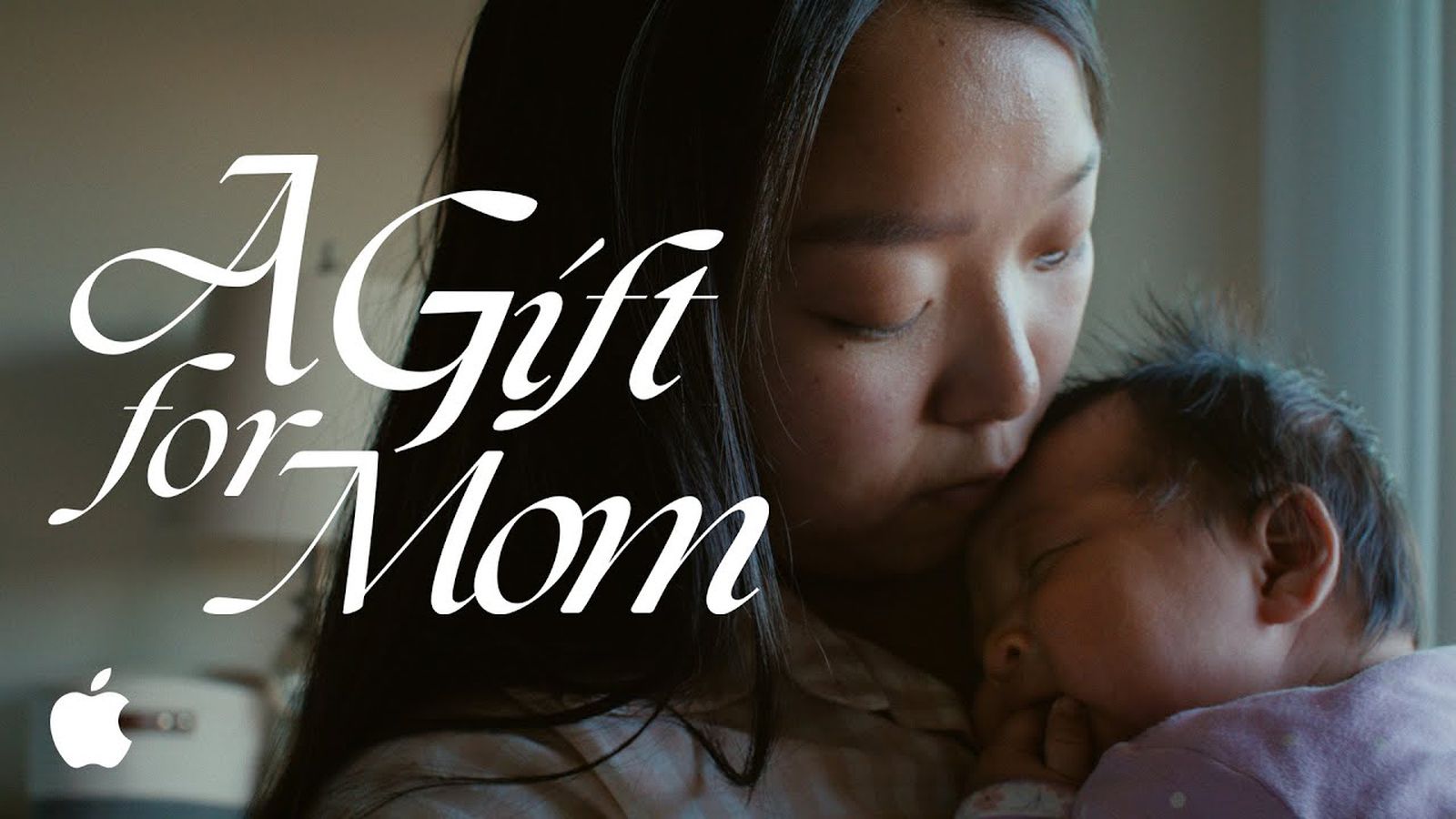



























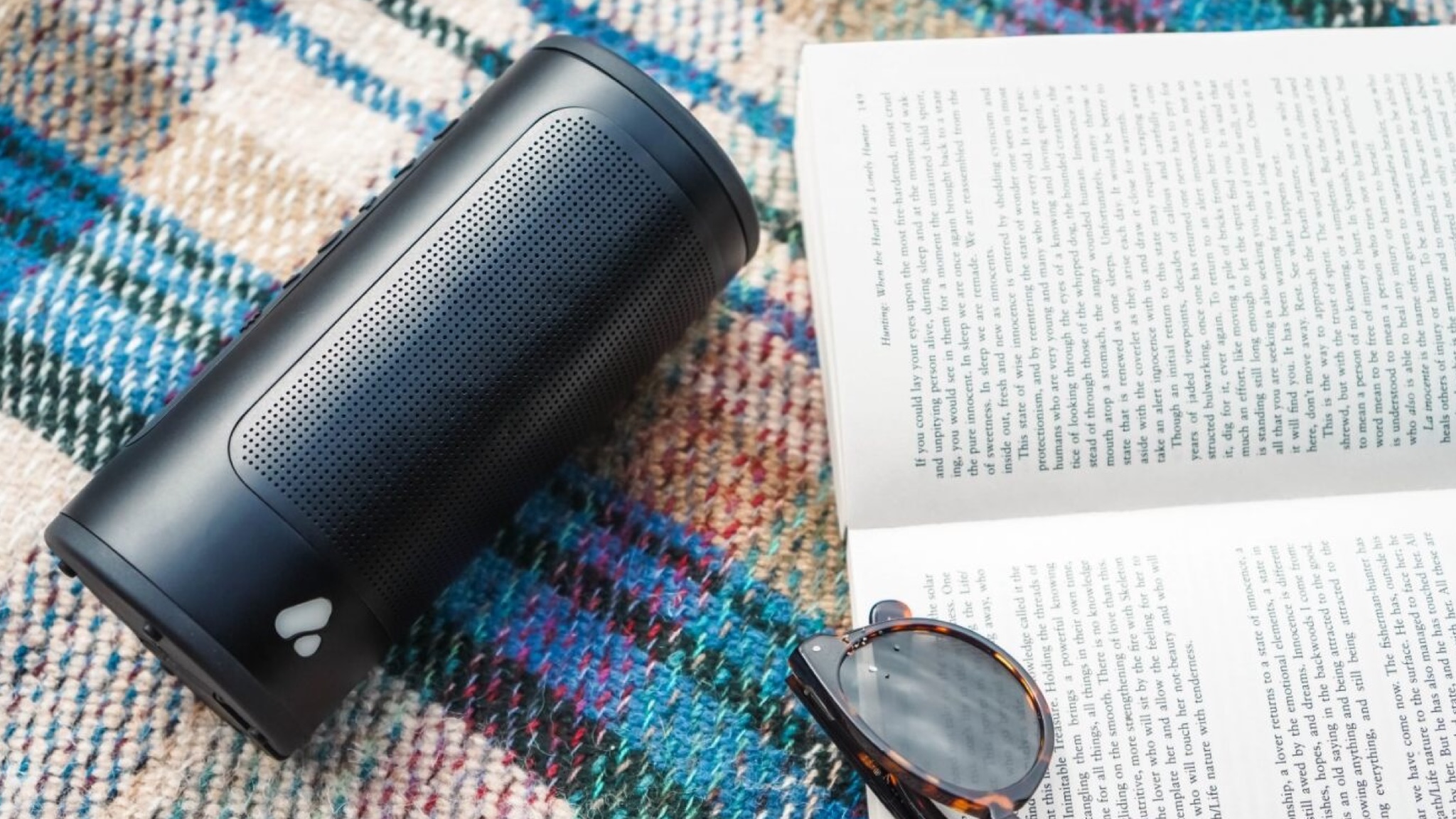
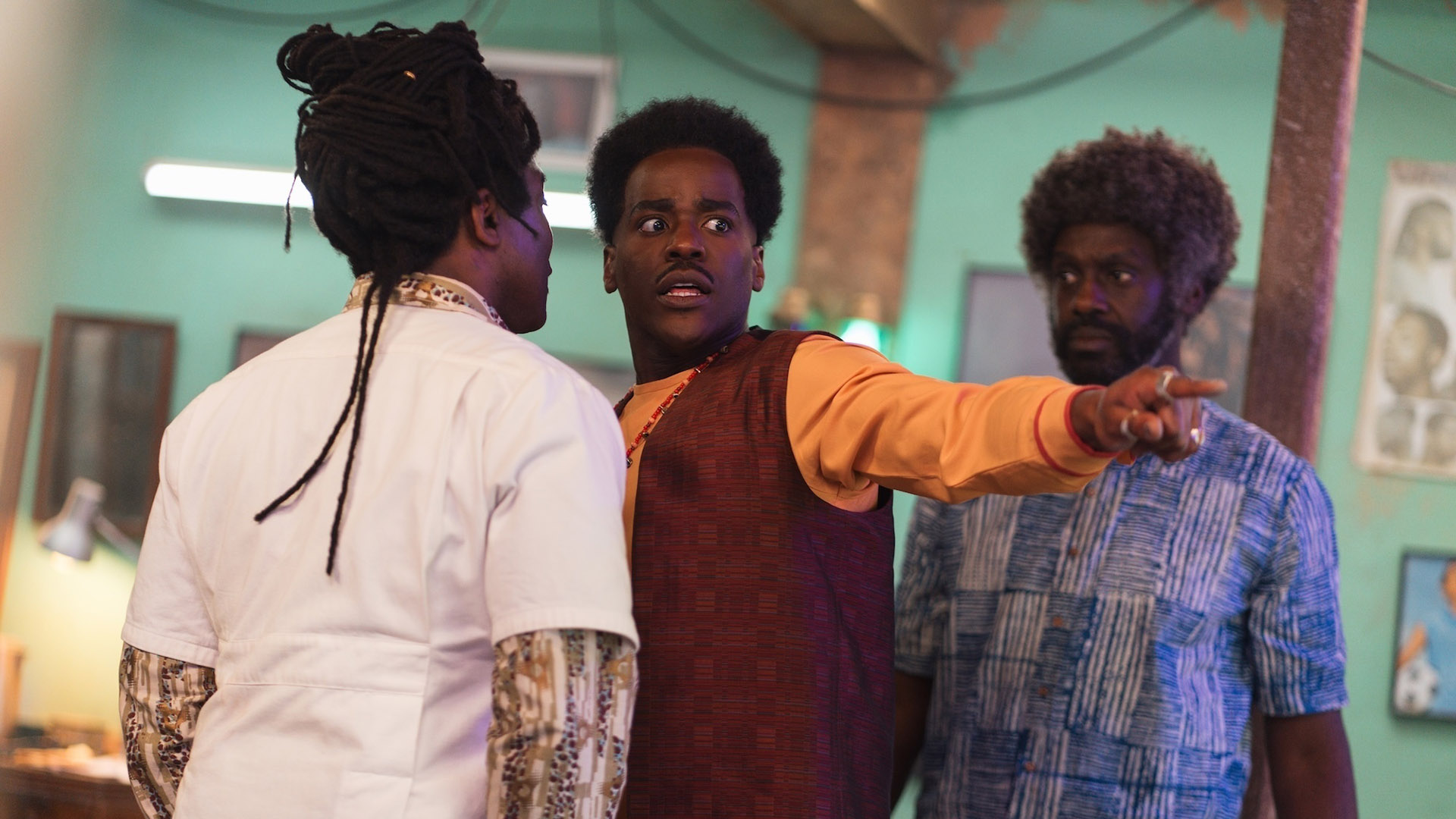















![Apple Shares Official Trailer for 'Stick' Starring Owen Wilson [Video]](https://www.iclarified.com/images/news/97264/97264/97264-640.jpg)


![Beats Studio Pro Wireless Headphones Now Just $169.95 - Save 51%! [Deal]](https://www.iclarified.com/images/news/97258/97258/97258-640.jpg)





















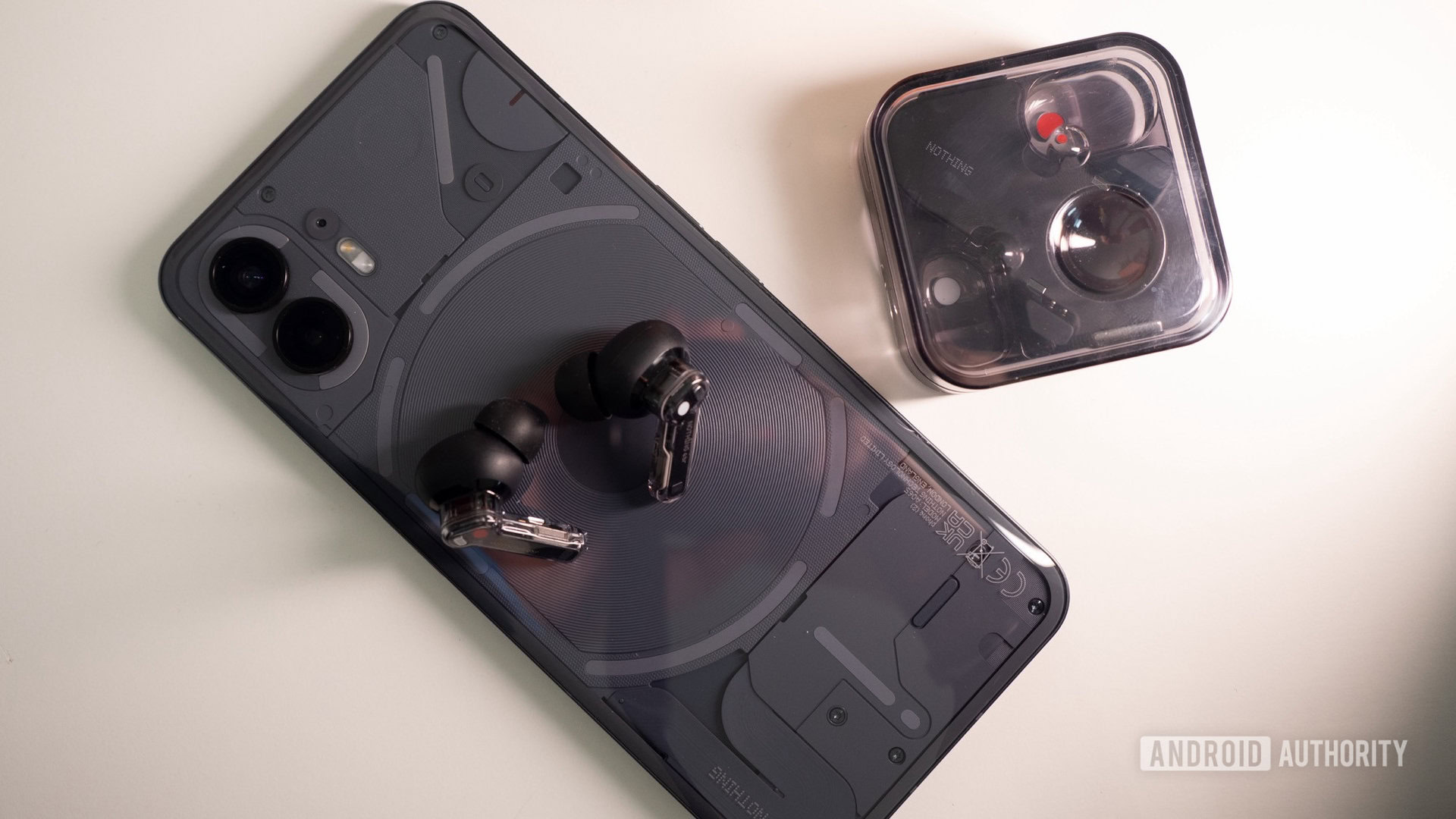

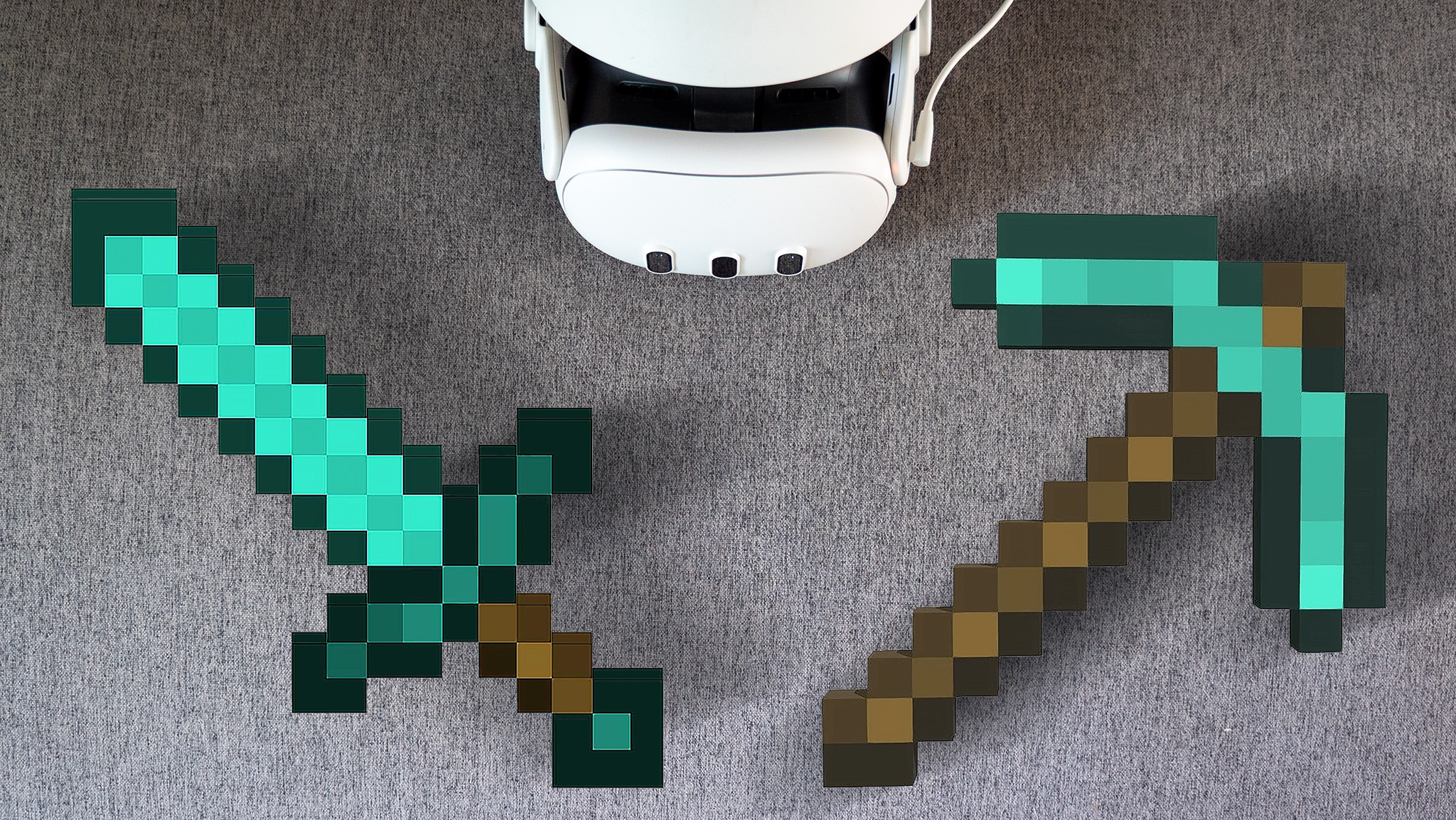
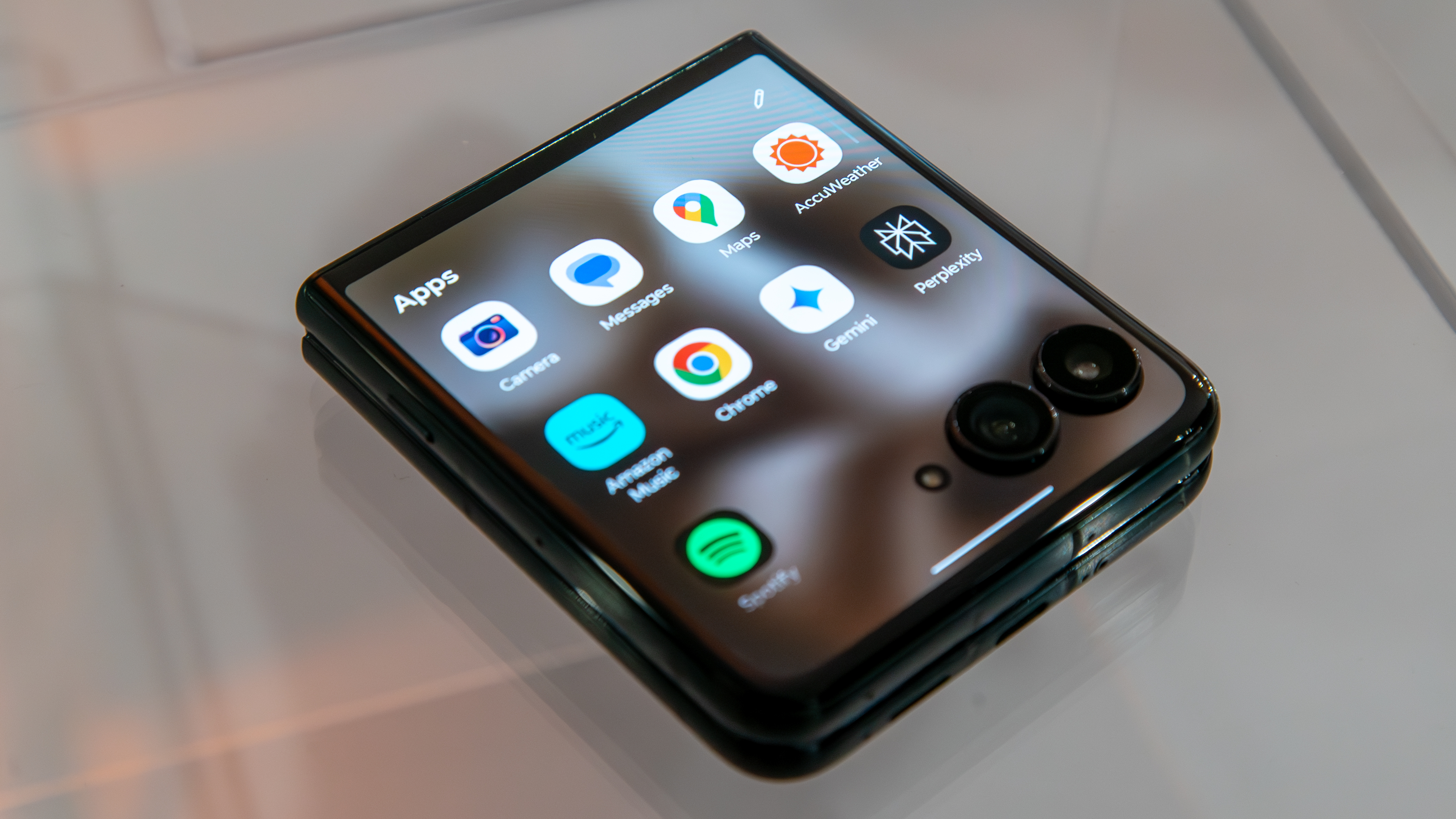
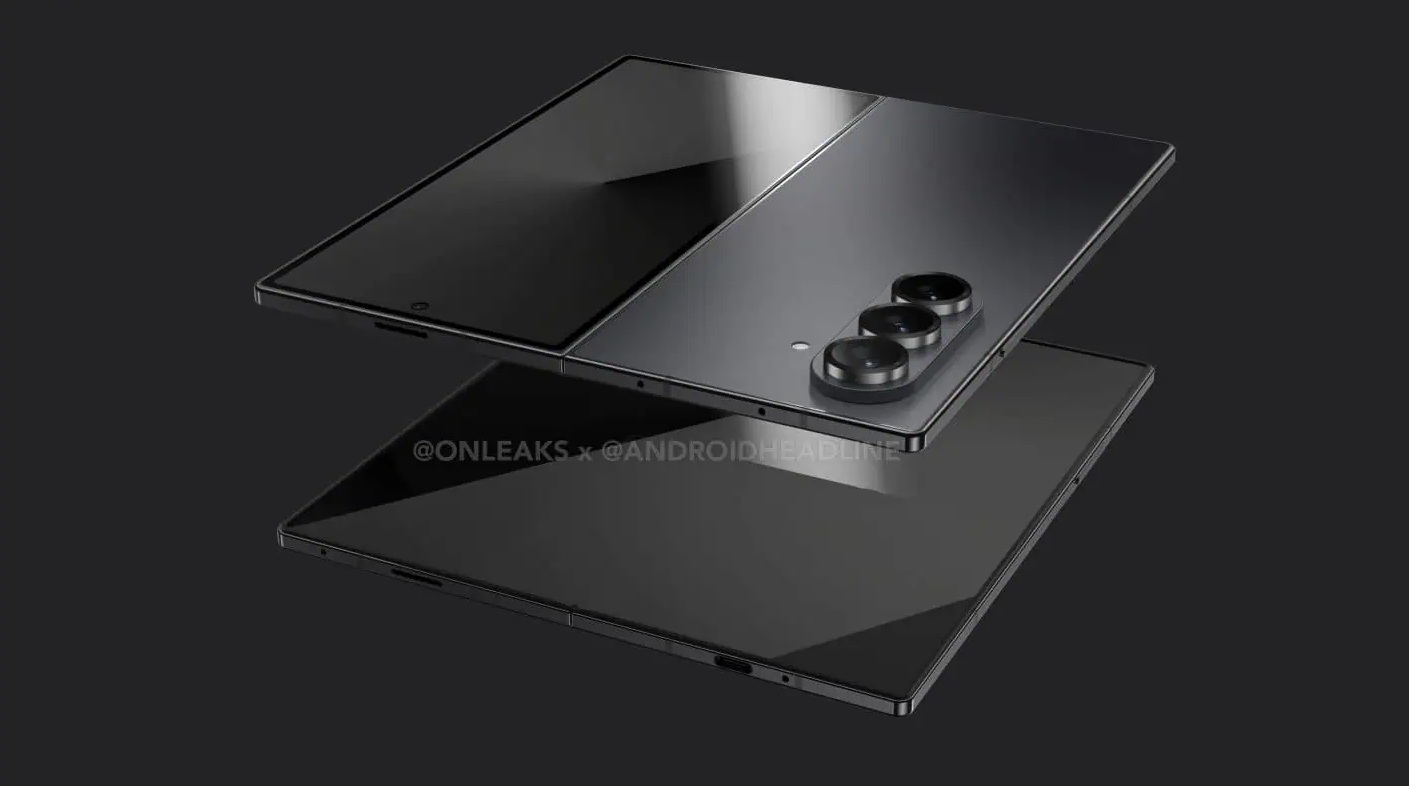

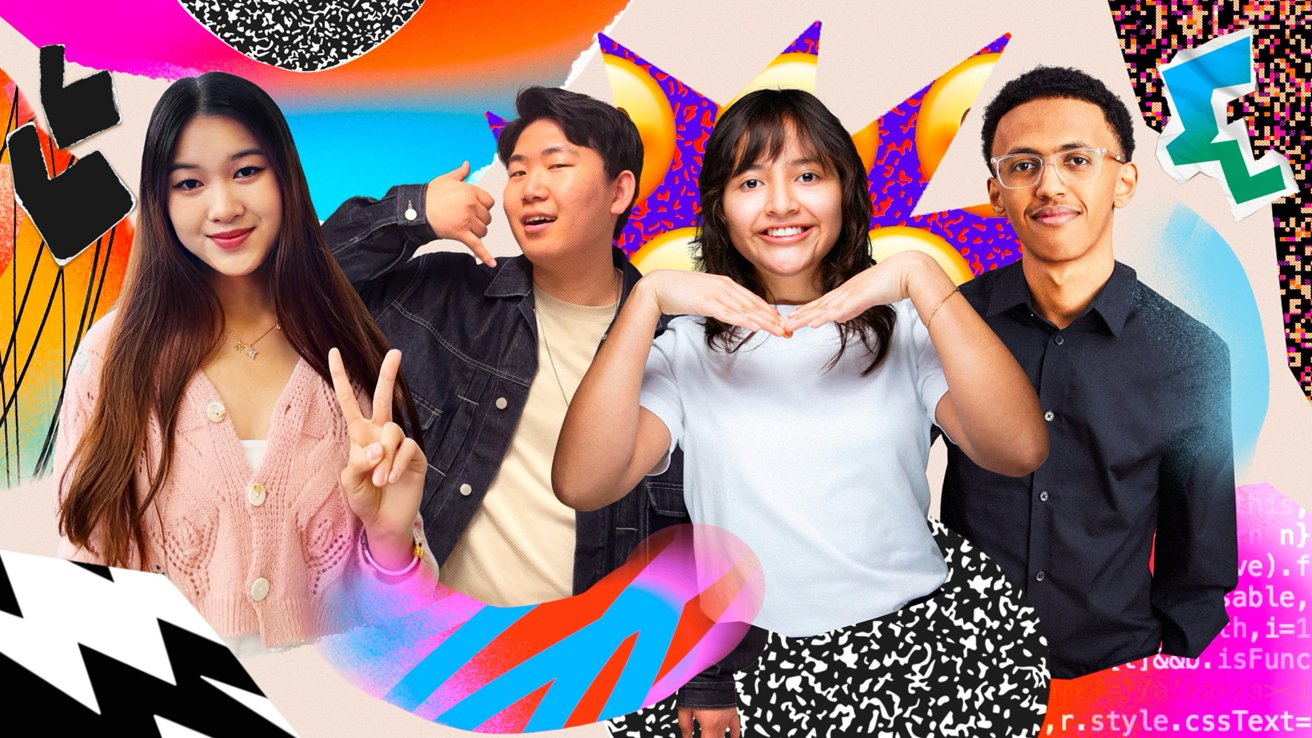
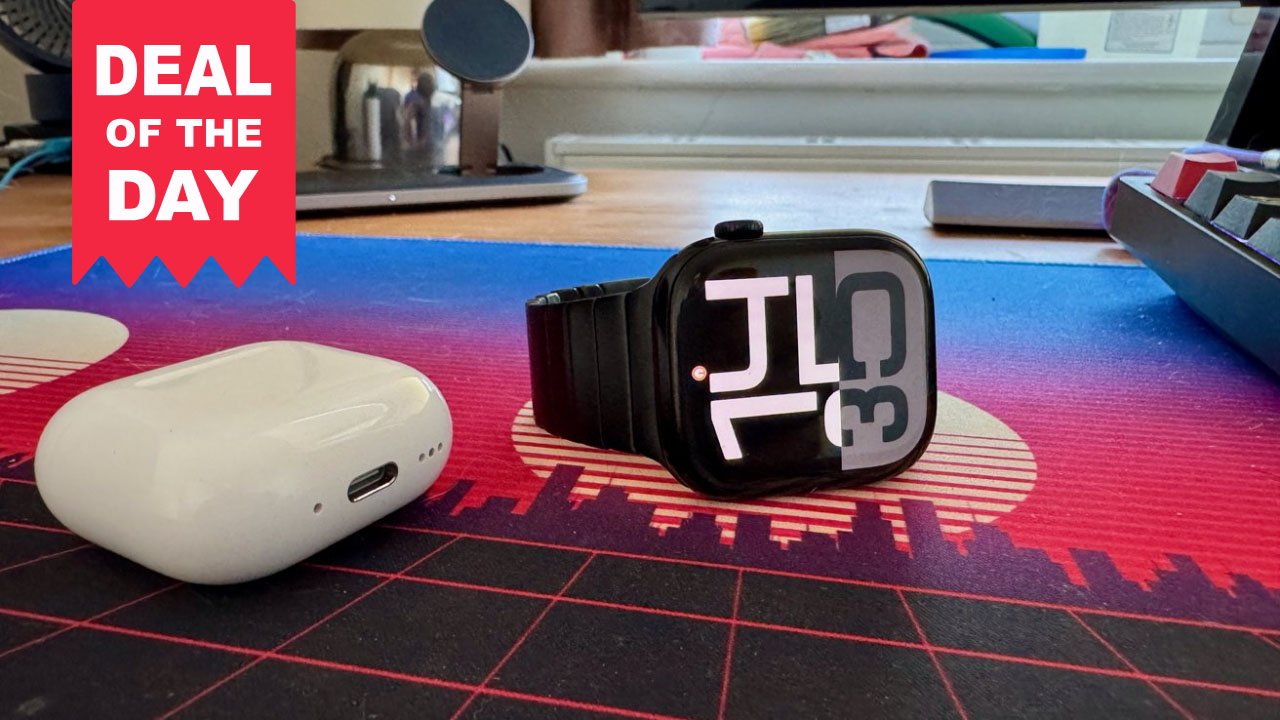
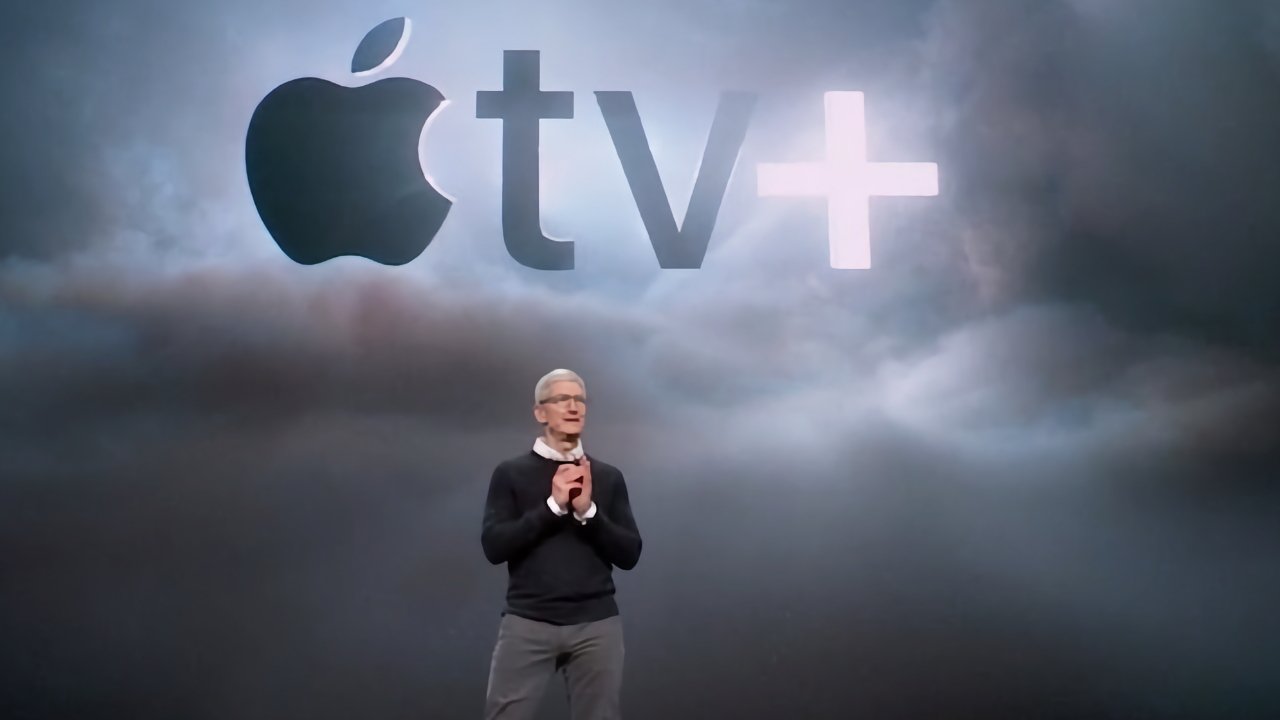
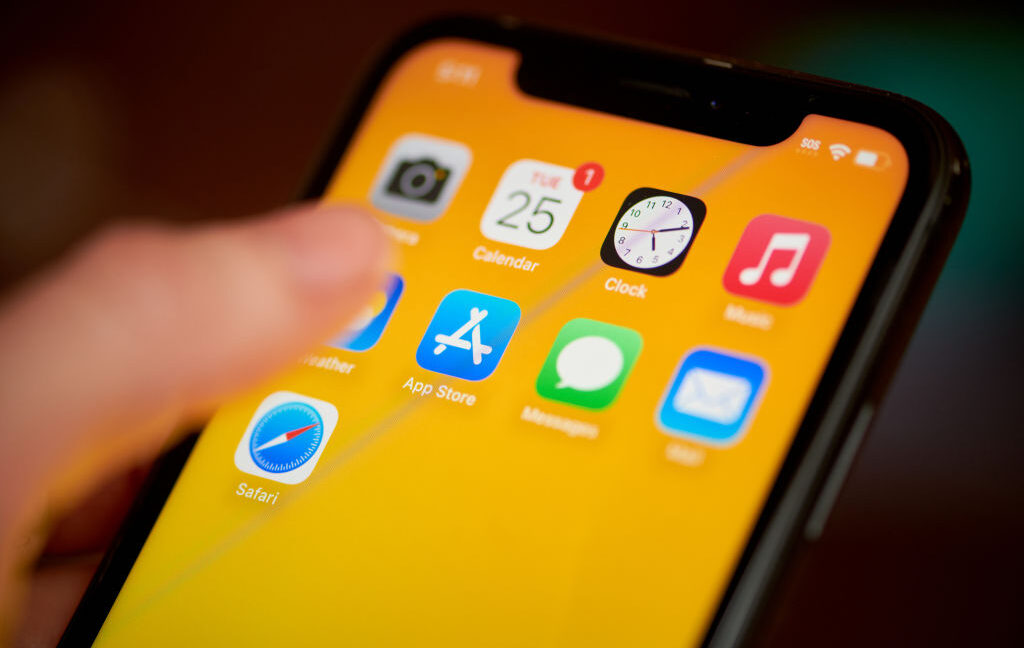
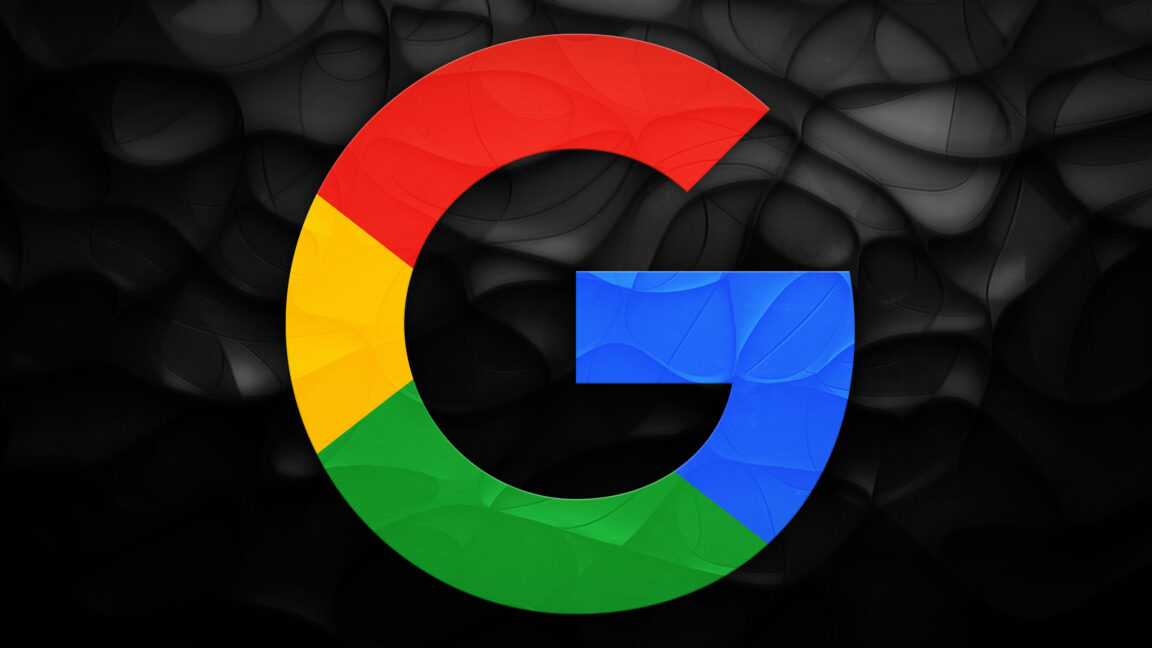

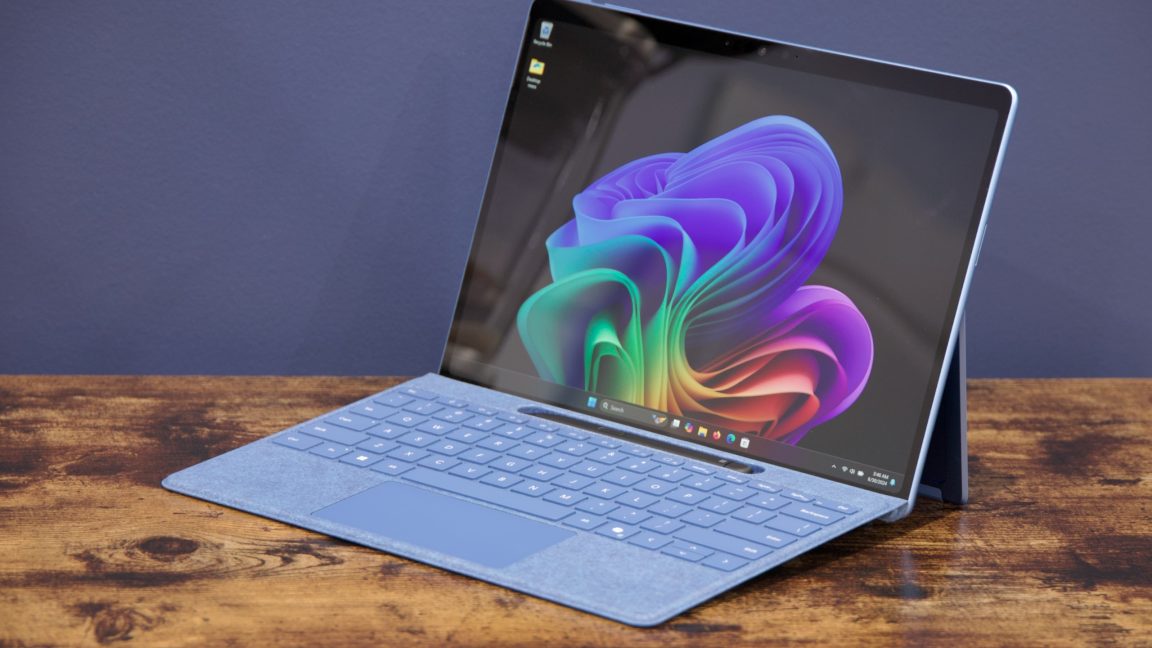




































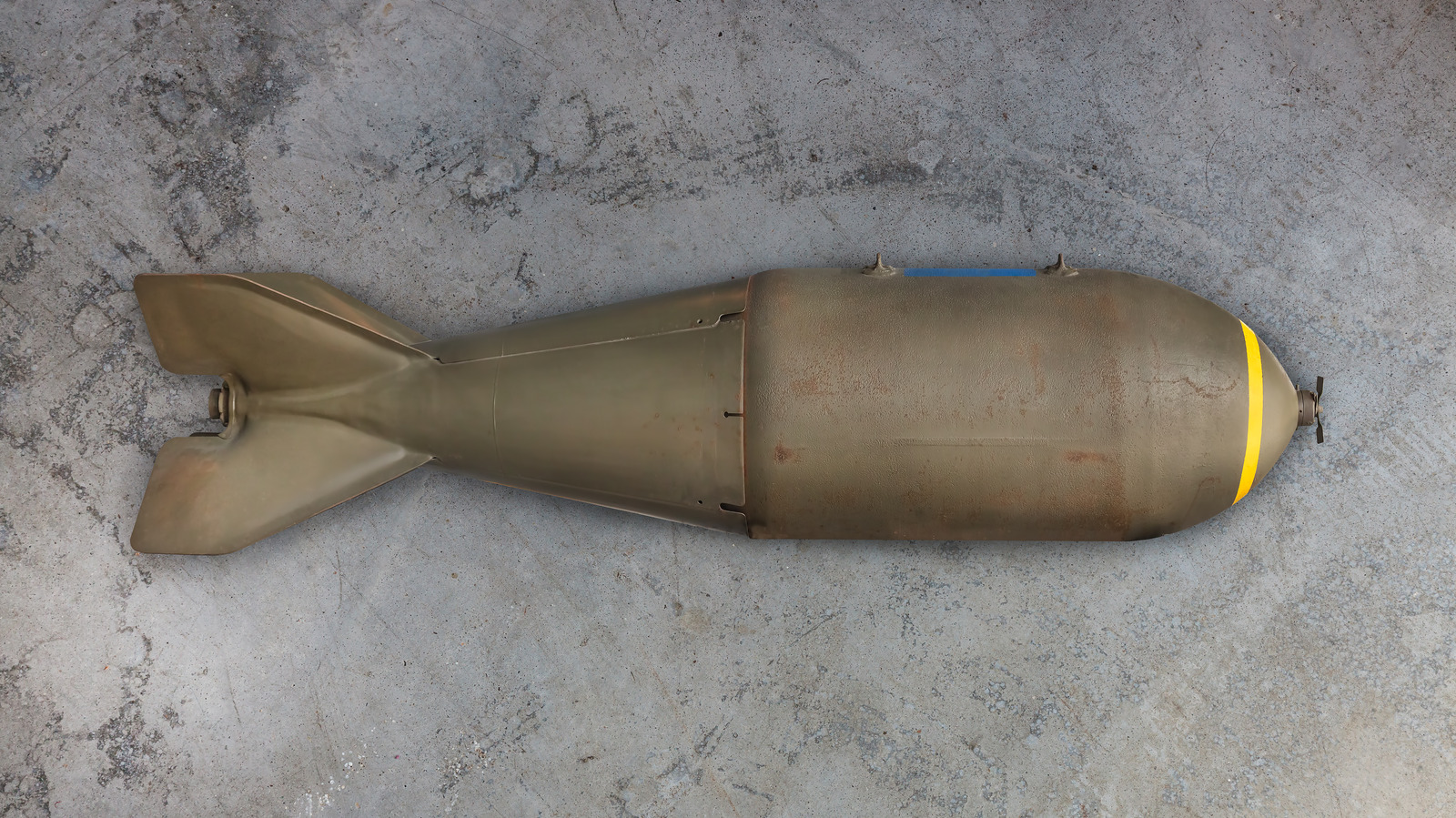
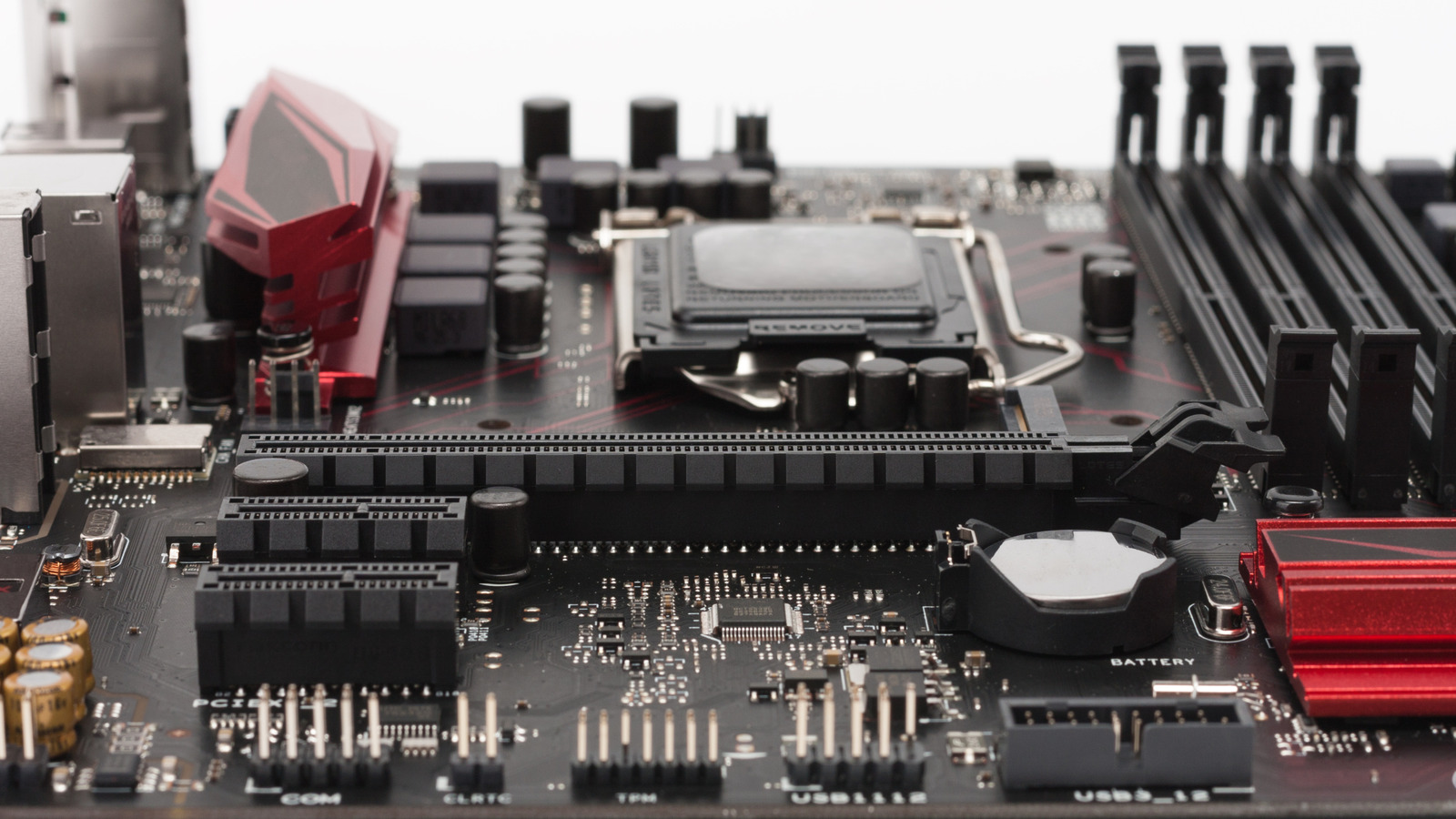

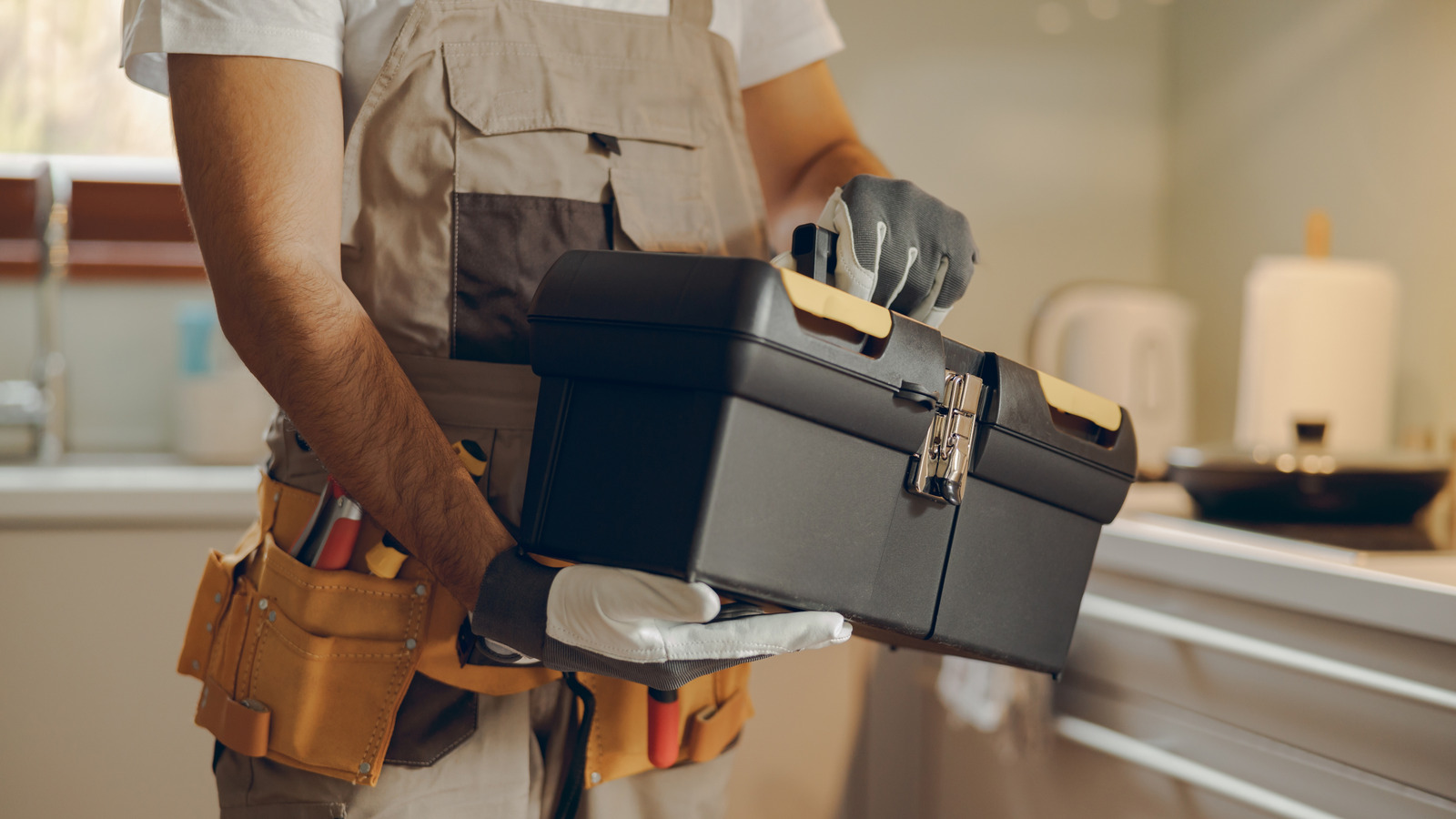




































 Evolved as a Predominant Framework for Ransomware Attacks.webp?#)

























































































































![[The AI Show Episode 146]: Rise of “AI-First” Companies, AI Job Disruption, GPT-4o Update Gets Rolled Back, How Big Consulting Firms Use AI, and Meta AI App](https://www.marketingaiinstitute.com/hubfs/ep%20146%20cover.png)


































































































































































![[DEALS] The Premium Python Programming PCEP Certification Prep Bundle (67% off) & Other Deals Up To 98% Off – Offers End Soon!](https://www.javacodegeeks.com/wp-content/uploads/2012/12/jcg-logo.jpg)
























-Mafia-The-Old-Country---The-Initiation-Trailer-00-00-54.png?width=1920&height=1920&fit=bounds&quality=70&format=jpg&auto=webp#)


-Nintendo-Switch-2---Reveal-Trailer-00-01-52.png?width=1920&height=1920&fit=bounds&quality=70&format=jpg&auto=webp#)




















